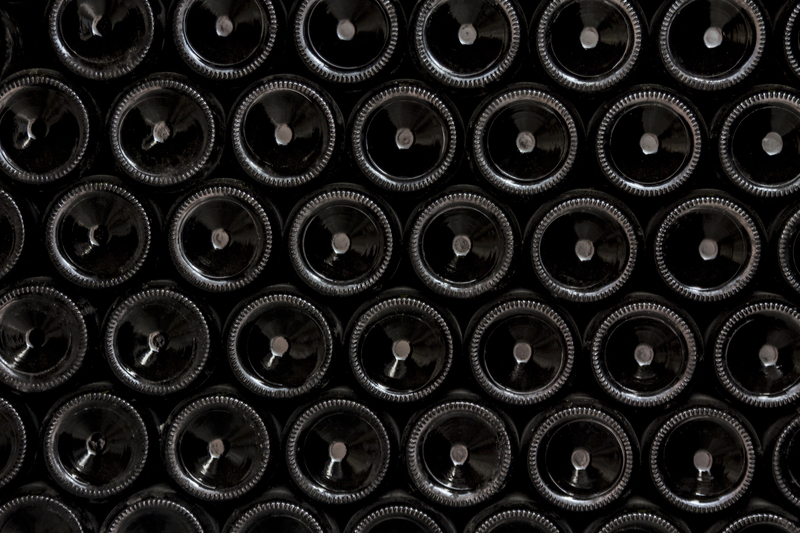Streamlined Solutions for Manufacturing Waste Reduction
In today's competitive industrial landscape, reducing waste is not only crucial for sustainability but also for achieving operational efficiency. The manufacturing sector, in particular, is under increasing pressure to find innovative solutions to minimize waste, optimize resources, and enhance productivity. Streamlined waste reduction strategies can significantly improve environmental and economic performance, benefiting both businesses and the planet.
Understanding Manufacturing Waste
Before diving into the solutions, it's essential to understand what constitutes manufacturing waste. Broadly, it includes materials that are not part of the finished product, such as:
- Excess raw materials
- Scrap and defective products
- Packaging materials
- By-products of the manufacturing process
- Electrical and electronic waste
This waste not only increases costs but can also have profound implications on the supply chain, productivity, and environmental footprint. Therefore, reducing manufacturing waste is imperative for modern enterprises.


Key Strategies for Waste Reduction
1. Lean Manufacturing
At the heart of lean manufacturing is the goal of eliminating waste while maintaining quality. This method focuses on refining processes and optimizing production by:
- Identifying and removing non-value-adding activities
- Streamlining workflows through continuous improvement
- Enabling employee training and empowerment for quality control
By adopting lean principles, manufacturers can significantly reduce waste outputs and improve efficiency.
2. Implementing a Waste Management System
A well-organized waste management system effectively controls and reduces the waste generated. Here's how it can help:
- Classifying types of waste for appropriate handling and disposal
- Optimizing recycling and reuse programs within production cycles
- Regular auditing and monitoring waste streams to target reduction areas
Such systems ensure that waste is minimized, sorted, and disposed of efficiently, proving essential in industrial waste management.
3. Embracing Recycling and Reuse
Recycling and reusing materials are among the most straightforward ways to reduce manufacturing waste. This involves:
- Identifying recyclable materials within processes
- Creating partnerships with recycling companies
- Developing onsite facilities for recycling products
By incorporating a closed-loop system, manufacturers can transform waste into resources, reducing raw material costs and environmental impact.
4. Utilizing Technological Innovations
Technology plays a crucial role in streamlining processes and minimizing waste. Innovative solutions include:
- Implementing IoT devices for real-time inventory management
- Using AI for predictive maintenance to reduce equipment breakdowns
- Leveraging advanced analytics for optimized material use
These technological advancements offer insights, reduce excess, and enhance overall efficiency in manufacturing processes.
5. Engaging in Sustainable Product Design
Redesigning products with sustainability in mind not only reduces waste but also increases product appeal to eco-conscious consumers. Key steps include:
- Incorporating eco-friendly materials
- Minimizing packaging
- Designing for easy disassembly and recycling
Such designs not only reduce the ecological footprint of products but also enhance the brand's reputation in sustainability.
Benefits of Waste Reduction in Manufacturing
Effective waste reduction strategies result in numerous advantages:
- Cost Savings: Reducing waste reduces direct costs related to material purchasing and waste disposal.
- Efficiency Improvement: Streamlined processes eliminate inefficiencies, maximizing productivity.
- Regulatory Compliance: Adhering to environmental regulations avoids potential penalties and fosters good corporate citizenship.
- Environmental Impact: Reduced waste means lower carbon footprints and less strain on resources.
- Market Competitiveness: Sustainable and efficient practices can enhance brand image and attract new customers.
Adopting strategies for manufacturing waste reduction not only addresses environmental concerns but also positions firms at the forefront of their industries.
Conclusion
As global emphasis on sustainability increases, the manufacturing industry must evolve by adopting streamlined waste reduction solutions. Embracing methods like lean manufacturing, advanced technologies, and sustainable design not only mitigates waste but also offers substantial economic and ecological benefits. Through a diligent focus on minimizing waste, manufacturers can secure their future relevance and contribute positively to global environmental initiatives.
Ultimately, the path to a sustainable and competitive manufacturing environment lies in the strategic reduction of waste. By implementing these comprehensive strategies, businesses can achieve significant improvements in both performance and sustainability.